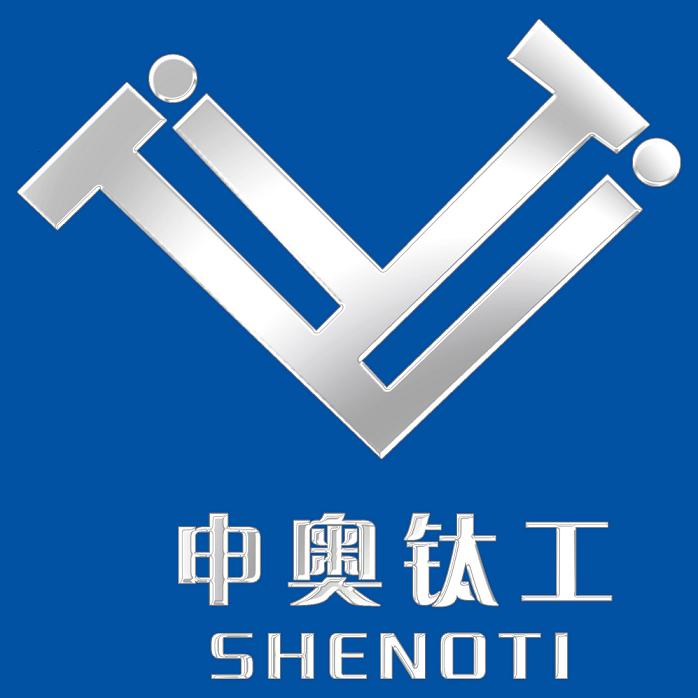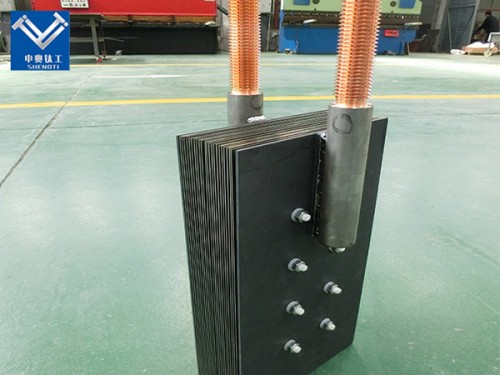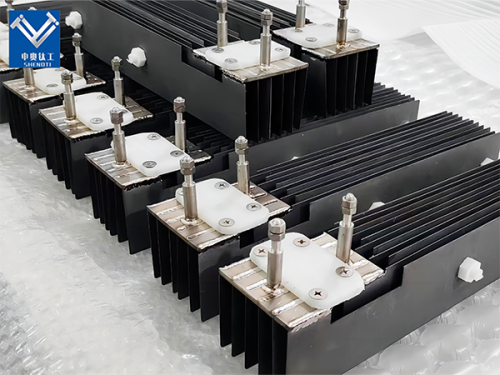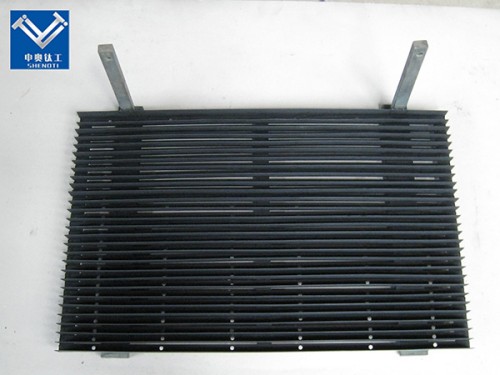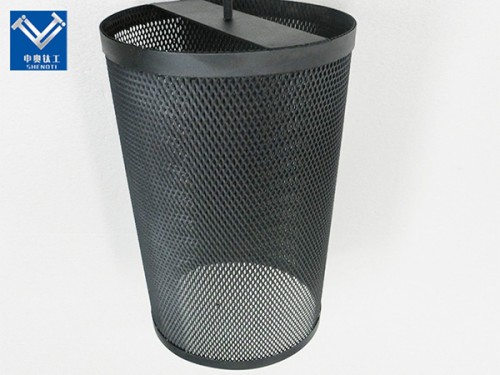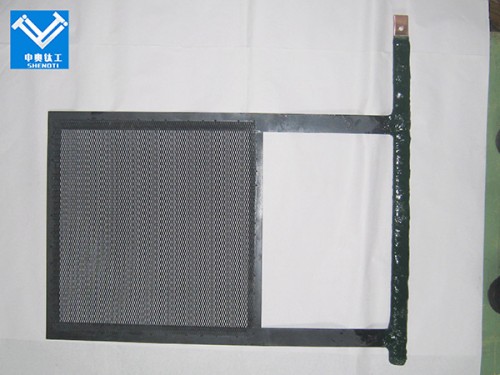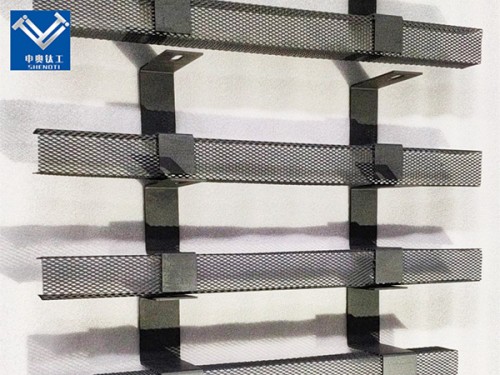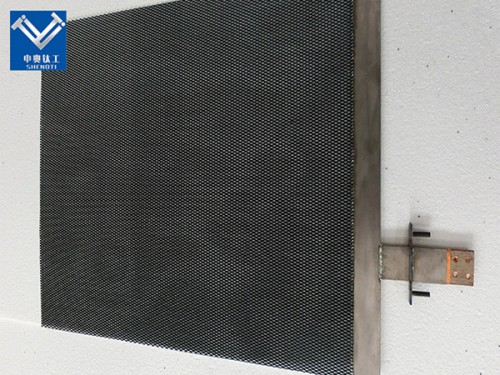
In what industries are DSA titanium anodes mainly used?
2025-06-10 15:29:44
In what industries are DSA titanium anodes mainly used?
Industrial Use Cases of DSA Titanium Anodes
1. Chlor‑alkali Industry
Manufacture of chlorine, sodium hydroxide, hydrochloric acid.
Ruthenium coating improves electrocatalytic activity → lower voltage, reduced energy.
Superior to graphite/anode materials in lifetime and corrosion resistance.
2. Electroplating & Surface Finishing
Widely used in chrome plating, copper plating.
Ruthenium‑coated anodes provide more uniform current distribution and smoother finishes.
Enhance deposit quality; reduced maintenance due to longer life.
3. Electrochemical Water Treatment & Electrochlorination
On‑site sodium hypochlorite generation for disinfection.
Ruthenium coatings increase efficiency and tolerance to variable brine quality.
Prolonged service-life supports cost‑effective water treatment plants.
4. Electrowinning & Metal Recovery
Recovery of valuable metals (copper, zinc, nickel, cobalt).
Ruthenium‑based Ti anodes save energy, are chemically stable in acid‑electrolyte baths.
Reduced downtime—beneficial for continuous‑operation mining processing.
5. Industrial Waste‑water Treatment & Advanced Oxidation Processes
Use in treating industrial effluents (azo dyes, pharmaceuticals).
Ruthenium‑coated anodes catalyze generation of hydroxyl radicals, ozone—efficient pollutant degradation.
Resilient to fouling; resist chloride corrosion in high TDS waste streams.
What are the advantages of Ruthenium‑Coated Titanium Electrodes compared to traditional DSA anodes?
Lower overpotential for chlorine evolution; energy savings of ~20‑30%.
Ruthenium oxide has higher catalytic efficiency vs mixed metal oxide (MMO) coatings.
Better corrosion resistance in aggressive environments.
Longer service life—up to 10–15 years under ideal conditions.
Stable performance: Ruthenium Oxide (RuO₂) forms strong rutile structure with Ti substrate; mechanical robustness.
How do operating conditions affect the lifespan of Ruthenium‑Coated Titanium Electrodes in industrial applications?
Current density: Higher currents shorten life; optimized density (~1–2 kA/m²) recommended.
pH and temperature: Acidic or alkaline extremes, high temperatures can accelerate wear.
Chlorides & impurities: High chloride causes pitting; dissolved oxygen, organics cause fouling.
Load cycling: Frequent current changes induce stress; AC/DC switching may accelerate degradation.
Mitigation: proper cleaning, controlled operating conditions, occasional passive pre‑cycles.
Which environmental or treatment processes benefit most from Ruthenium‑Coated Titanium Electrodes?
Electro‑oxidation of organic pollutants (textile dyes, pharmaceuticals)—RuO₂ anodes generate •OH radicals effectively.
Nitrate and ammonia removal in water (electrochemical reduction).
Desalination (capacitive deionization) and brine treatment; Ru‑coated anodes improve energy/self‑cleaning.
On‑site hypochlorite generation for disinfection in hospitals, water utilities.
Air remediation: e.g., indoor air VOC oxidation via electrochemical cells.
Best Practices, Typical Operating Ranges, and Lifecycle
Industrial best practice: 6–12 months of performance monitoring.
Regeneration techniques: reverse polarization cleaning helps.
Typical useful life: 8–15 years, depending on operating conditions.
Cost‑benefit: though capital cost is higher, OPEX and maintenance greatly reduced.
Baoji City Shenao Metal Materials Co., Ltd., Ruthenium Coated Titanium Electrodes are manufactured under strict quality control, using state‑of‑the‑art deposition technology for MMO coatings.
Contact Us
For inquiries, technical datasheets, or quotations, please contact: Email: zh@baojiti.com.cn
YOU MAY LIKE



